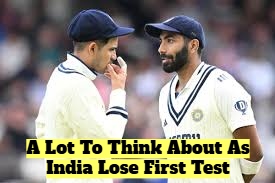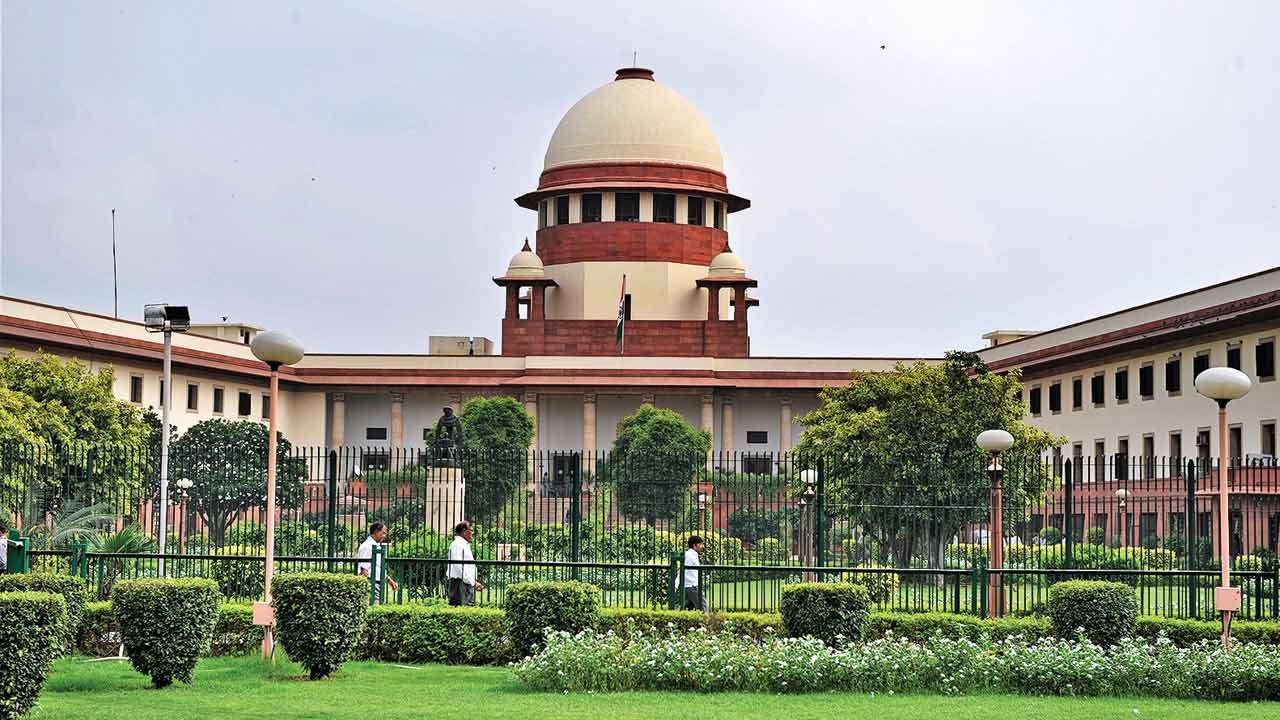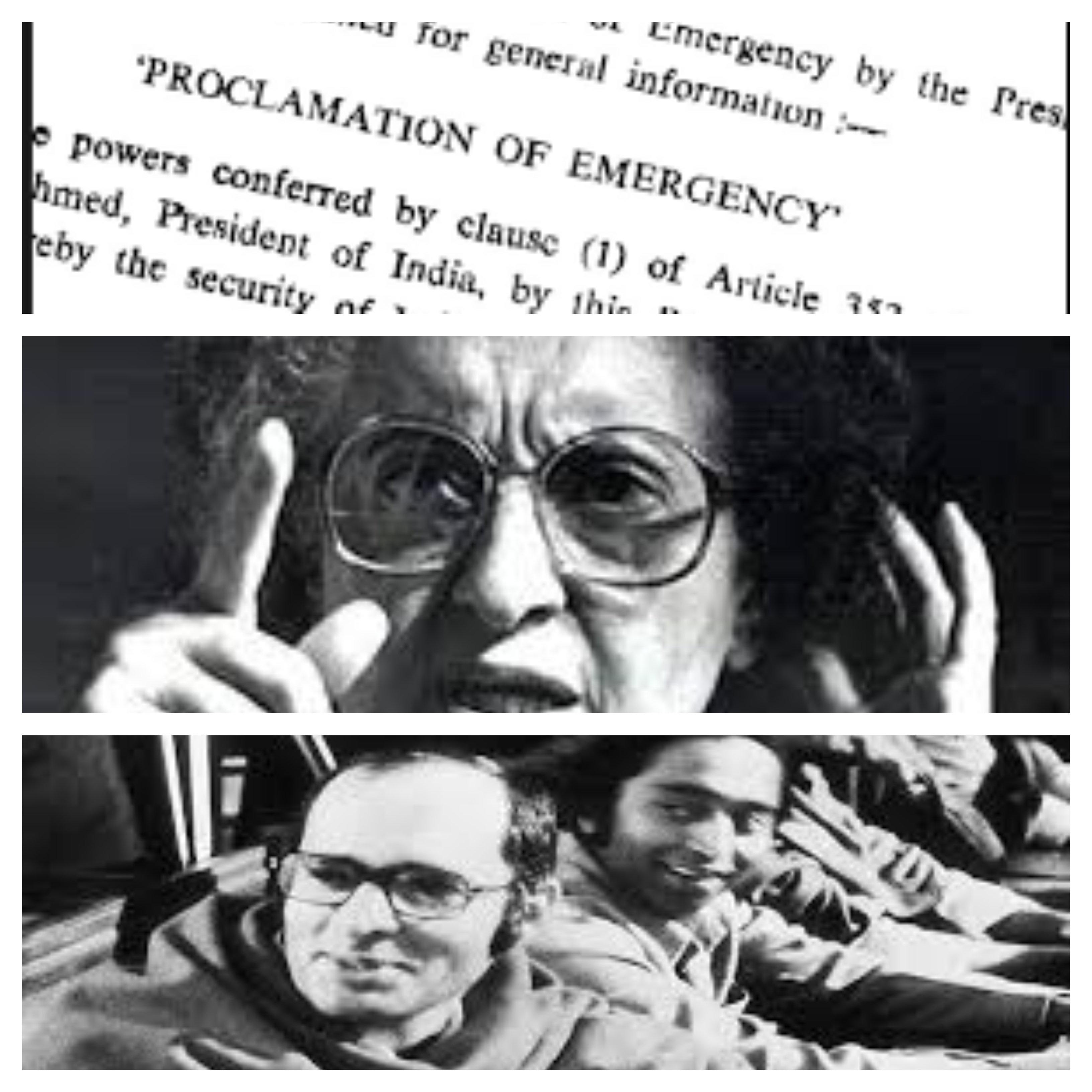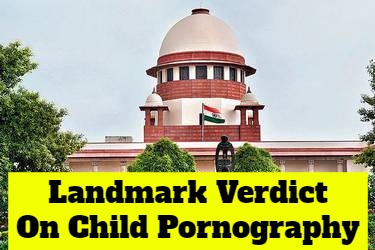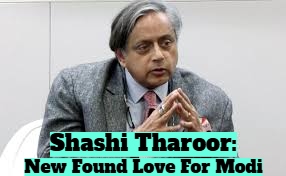

By A Special Correspondent
First publised on 2021-10-06 11:32:14
Under the National Digital Health Mission (NDHM) scheme, Prime Minister Modi announced a few days back that citizens will be able to voluntarily digitize all their health information and get a 14-digit health identification number. That would enable doctors to access their medical history all over India in case of any subsequent illness. Since the records will be perfect and online, the patient will not have to carry any reports and papers on doctor visits and the examining doctor will be sure that all information has been disclosed. Hence, the doctor will be able to treat the patient better.
Although this will be a breakthrough development in terms of patient information and ease of access, there are several issues that need to be tackled before introducing it. Since India is dragging its feet on a comprehensive privacy law, asking citizens to disclose health information online is fraught with risk. More than basic information, it is specialized information such as the one that will be collated under the NDHM scheme that will be of particular interest to vested groups. Although the data will be on government servers, it will be prone to misuse in various ways. Hence, the privacy law must be enacted before announcing any scheme that seeks to digitize sensitive data of citizens.
Further, digitization of medical records is just one of the ways to improve health services in India but it will be of little help in the face of the real problem, which lies elsewhere. Quite simply, India is groaning under the shortage of health facilities and trained personnel. The pandemic has brought it under sharper focus. The urgent need is to have more hospitals, more doctors, more nurses and more paramedics. On all these parameters, India is way behind the minimum mandated by the WHO. If the government wants to something in the health sector, it must address the shortages and work to provide access to specialized health services to the people, especially in rural areas.
Pic courtesy: Sanskriti IAS
